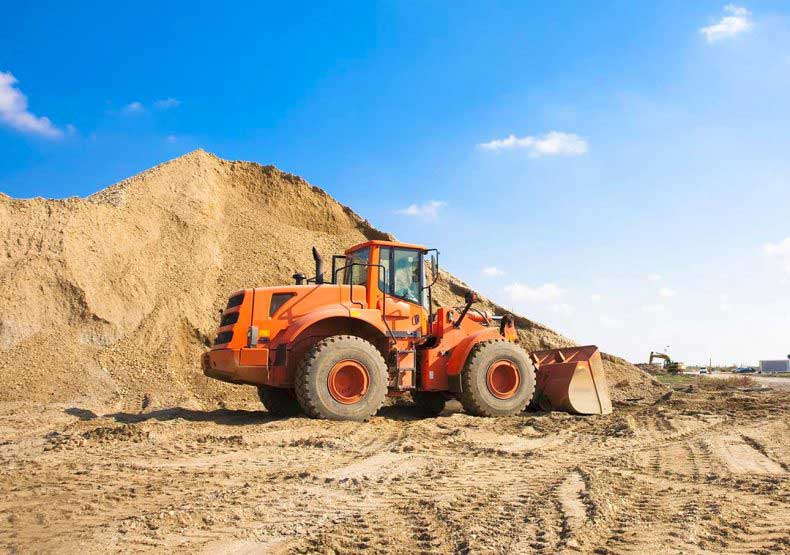
There are many files created by the construction industry. A construction plan file will be either a raster file or a vector type file.
This article will define and explain the differences between raster and vector files. Although somewhat technical, understanding these file types is important. How the takeoff is accomplished, and the options available when performing the takeoff, are governed by the file type.
Raster File Images
A raster graphic image displays the grading plan as a rectangular grid of very small rectangular cells called pixels, or points of colour. The drawing is built up from these pixel cells. The smaller and closer the pixel cells, the better the quality of the image (i.e. higher resolution). Raster images are files with the following file extensions: TIFF, JPEG, CMP, BMP and some PDFs.
When digitizing lines, points and areas from raster files, the user clicks on the tiny pixel cells on the screen to measure the desired item. The measurement value generated from raster files is rarely 100% accurate. The amount of error depends on the drawing resolution and scale. All takeoff programs available today read most raster file formats. Some applications struggle will certain PDF files however and may require the user to convert the PDF file to a different type raster file such as a TIFF file.
BidScreen XL and SiteWorx O/S quantity takeoff software works with all raster type files and does not require PDF file conversions.
Vector File Images
A vector graphic image is very different than a raster image. Vector files contain much more information than the colour coded pixels found in a raster file. A vector graphic uses geometric objects such as points, lines, curves and polygons that are based on mathematical expressions. A vector file contains geometric objects at certain locations. These geometric objects are typically organized in layers. Vector files are computer aided design files with the following extensions: AutoCAD DWG, DWF, DXF, DGN and others. When the PDF file is created from the CAD, vector file, this PDF file is deemed a vector type PDF file.
When working with vector graphic images with layers, the higher-end quantity takeoff programs will isolate the design layer and hide all irrelevant information. Additionally, the objects in vector images are taken off by snapping to the entity point or selecting the entire entity/object with a single click to obtain exact measurements.
Vector files provide increased speed, accuracy and ease of use. Almost all plans are created by the designer as a vector file. Often, these CAD, vector files are distributed to the contractor as raster files however. If possible, use the vector, rather than the raster files if the vector files such as AutoCAD DWG or vector PDF, are available and your takeoff software works with vector files.
PDF Files
PDF files are listed above as both a raster and vector file format. PDF files contain both pixel and vector data and certain PDF files are highly complex. Some PDF files contain layers that were created from CAD programs such as AutoCAD. PDF files that contain layers are known as “vector type PDF files”.
When working with vector type PDF files with BidScreen XL and SiteWorx O/S takeoff software, you’re able to isolate the PDF layers and select the entity/object for quick, exact and easy takeoff in a manner similar to AutoCAD DWG files. Other PDF files, such as PDF files created from scanned images, will not contain layers and are considered “raster type PDF files”. Raster type PDF files are files that are similar to the other raster file types noted above where the takeoff estimator will click on pixels on the screen to perform the takeoff.
Summary
To recap, PDF files that contain layers are known as vector type PDF files. PDF files without layers are raster type PDF files. Computer Aided Design (CAD) files are vector files. Scanned images and digital photographs are raster type files. When your takeoff software supports vector files, you’re able to isolate the design layer and snap to the objects to obtain exact measurements. Raster files require a scale setting and the user will attempt to click on the proper tiny pixel on the screen. Measurements are not exact when working with raster type files. In summary, the takeoff measurements will be easier and exact when working with vector files in comparison to raster type files. As a result, request vector type files if possible.

